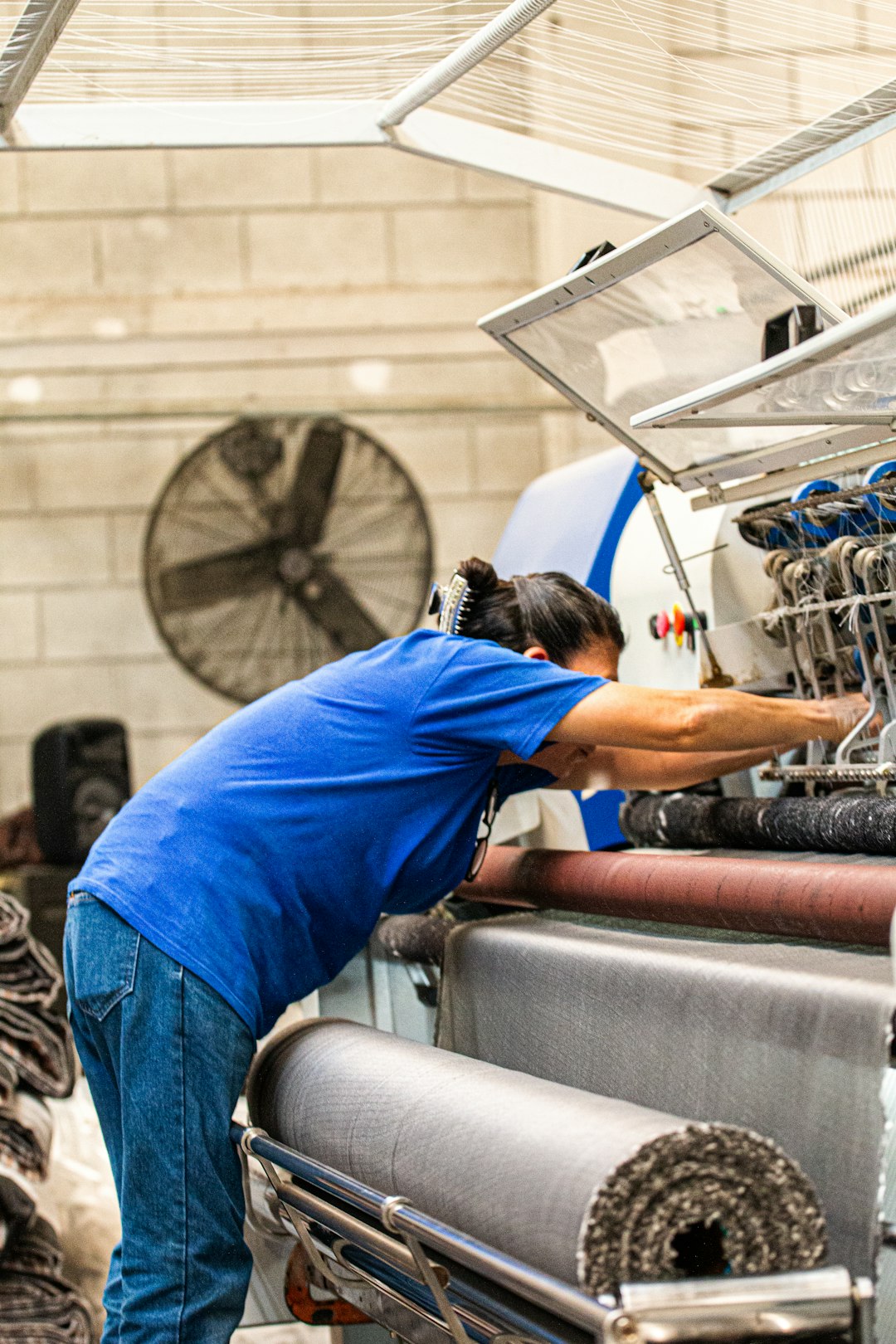The Rise of Smart Factories
In recent years, the manufacturing industry has witnessed a significant transformation with the advent of smart factories. These advanced production facilities, empowered by cutting-edge technologies, hold the promise of increased productivity, efficiency, and flexibility. This blog post explores the rise of smart factories, highlighting their key features, benefits, and challenges.
At the core of smart factories is the concept of the Industrial Internet of Things (IIoT). By connecting machines, devices, and sensors through a network, these factories enable seamless communication and data exchange. This connectivity, combined with real-time data analytics, enables manufacturers to make intelligent, data-driven decisions, maximizing production output and minimizing downtime.
One of the crucial aspects of smart factories is the implementation of autonomous systems and robotics. By integrating robotic arms, autonomous vehicles, and intelligent systems, manufacturers can streamline their production processes and reduce human intervention. Robots can perform repetitive tasks with high precision and efficiency, minimizing errors and improving overall quality.
Another key element of smart factories is the adoption of big data analytics and artificial intelligence (AI). By constantly collecting and analyzing vast amounts of data, manufacturers gain valuable insights into their production processes. AI-powered algorithms can identify patterns, anomalies, and opportunities for optimization, leading to improved operational efficiency and cost-effectiveness.
Moreover, smart factories leverage advanced technologies like 3D printing and virtual reality (VR) to enhance their capabilities. 3D printing allows manufacturers to create complex prototypes and customized products quickly, reducing time-to-market and enhancing product quality. VR technologies enable virtual simulations of production processes, enabling engineers to identify potential bottlenecks and optimize workflows before actual implementation.
The benefits of smart factories are numerous. First and foremost, they offer increased productivity and efficiency. By automating processes and eliminating manual errors, smart factories can achieve faster production cycles and higher output. Additionally, intelligent systems and real-time data analytics enable predictive maintenance, ensuring that machines are repaired or replaced before breakdowns occur, reducing downtime and associated costs.
Smart factories also enhance flexibility and agility in the manufacturing industry. The ability to quickly reconfigure production lines and adapt to changing customer demands allows manufacturers to stay competitive in dynamic markets. By leveraging real-time data insights, they can optimize inventory management, reduce lead times, and offer customized products, meeting the demands of individual customers efficiently.
Furthermore, the implementation of smart factories contributes to sustainability and environmental conservation. With real-time monitoring and data analysis, manufacturers can identify energy consumption patterns and implement energy-efficient strategies. These factories also promote waste reduction and recycling initiatives, minimizing their environmental footprint and contributing to a more sustainable future.
However, the rise of smart factories presents a unique set of challenges. One of the primary concerns is the integration and interoperability of various systems and technologies. As smart factories embrace multiple devices, sensors, and platforms, ensuring seamless data exchange and compatibility becomes essential. Manufacturers need to invest in robust IT infrastructure, cybersecurity measures, and interoperable standards to maximize the benefits of these technologies.
Another significant challenge is the human factor. As automation and robotics take over repetitive tasks, the workforce needs to evolve and acquire new skills. This transition may require training programs and reskilling initiatives to ensure a smooth and successful transformation. Collaborative robots, or cobots, can also play a vital role in facilitating human-robot collaboration and maintaining a harmonious work environment.
Moreover, the data-driven nature of smart factories raises concerns about data privacy and security. With the vast amount of sensitive information being generated and shared, manufacturers must invest in robust cybersecurity measures. Strict access control, encryption, and continuous monitoring are crucial to safeguarding valuable data from unauthorized access or breaches.
In conclusion, smart factories represent a significant shift in the manufacturing industry. Enabled by the Industrial Internet of Things, AI, and robotics, these advanced production facilities offer increased productivity, efficiency, and flexibility. They empower manufacturers to make data-driven decisions, optimize processes, and improve overall operational performance. However, the integration of various technologies, reskilling of the workforce, and ensuring data privacy and security remain important challenges to overcome. As the manufacturing industry embraces the rise of smart factories, it is poised to unlock new possibilities and revolutionize the way products are made.

